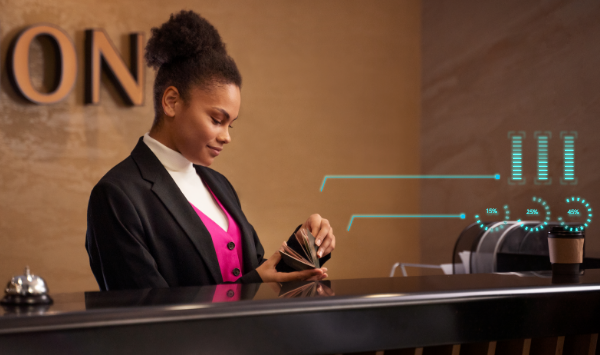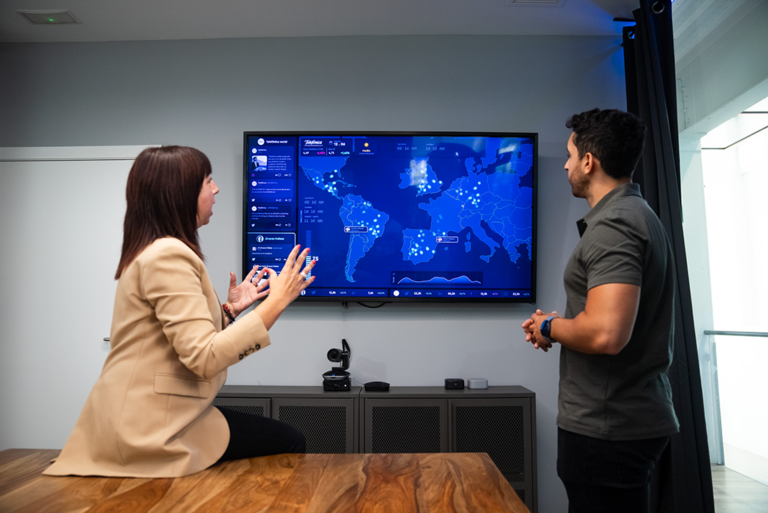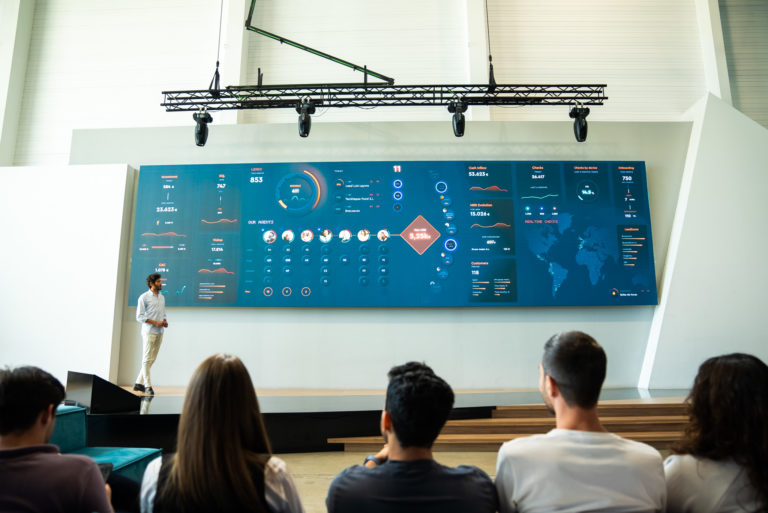Data in the Horeca sector

Adding value and knowledge. That is what any company is looking for today. It is not enough to generate the more sales, the better. Nor is it enough to have the highest quality product on the market. The important thing is to offer EXPERIENCES, always giving the maximum so that the customer is satisfied, repeats and recommends us. And the horeca sector is an industry that has undergone major changes in recent years: new consumer consumption trends (healthy and sustainable is in fashion), digitization, sustainability and connectivity.
And precisely to offer those experiences and provide the best possible service, companies in the HORECA sector work with countless sources of information. Sources that generate an infinite amount of data every day: social networks, CMS, platforms such as Booking or Tripadvisor, websites… All this means that it is really complicated for us to get to everything. Humans do not have the capacity to interpret and draw conclusions with so much data and at an optimal speed. If we want to be competitive, we must make use of Business Intelligence tools that give us that little push and help us, really, to understand the information and make decisions accordingly.
In addition to the maelstrom of data that is generated, especially during the high season, there is a low conversion rate. We must be alert, interpret the data in time and, in this way, know when to push and launch advertising campaigns, for example.
If there is one thing there is no doubt about, it is that technological and software advances improve the competitiveness of the sector and tourism intelligence is put as a strategic axis: taking real advantage of the data, providing us:
- Trend and behaviour detection.
- Predictive analysis of future behaviours.
- Improved decision making.
- Transformation of information into knowledge.
The good news is that we no longer have to go to large hotel and restaurant chains to see the relevance and prominence given to digitization. In fact, this Hospitality Digitization Study shows us that in small restaurant groups (61%) and chains and franchises (70%) believe that digitization involves “saving costs and automating tasks”.
Increasingly, traditional hospitality and small groups are thinking of going digital little by little.
So, there is no doubt, using new technologies, incorporating them into our daily lives and incorporating them into our work processes is a necessity.
Why analyze all the volumes of data that are generated?
New technologies must play an increasingly important role in the tourism sector and, specifically, in the hotel and restaurant industry.
The important thing is not only to have the data well structured, but how valuable it is to have a technological partner that helps us to extract the VALUE of the data by means of real-time visualization through business dashboards or Command Centers.
Customers are increasingly hyper-connected and companies cannot remain stuck in the past. As customers we are always glued to our smartphones, we demand to receive information, interact with destinations and companies in the HORECA sector through new technologies and in real time (for example, a live chat with the hotel where we are going to stay to make a last-minute request; or chat with the restaurant where we have made a reservation to report an intolerance). So, companies should be just as hyper-connected, consuming live data and making agile, real-time decisions.
This would be the case of, for example, VIVOOD Landscape Hotels, a hotel located in the interior of Alicante, with 35 suites distributed in the Guadalest Valley. In its quest for excellence and in order to offer a unique accommodation experience, the VIVOOD team has a dashboard in which it knows the needs of each of its guests even before they arrive at the hotel: if they are celebrating a birthday, an anniversary if they are a recurring client, if there was a problem during their previous stay, etc. A project that was developed to digitize customer happiness. You can see more about the project in this video.
From exclusive restaurants to take away chains
Some hospitality chains that have also opted for a real time data visualization project are La Mafia Se Sienta a la Mesa or The Black Turtle. In this video you can see how is the project of the Italian restaurant chain, which has monitored in real-time the daily activity of the restaurants: information on the average ticket per diner, top of the most ordered dishes, weather, etc.
For La Mafia Se Sienta a la Mesa, the implementation of Zeus has meant a cultural change within the company; since the implementation of a dashboard of this kind has meant an efficient and agile way of consuming data, helping them to improve communication and empowering each of the franchises.
Technological intelligence in the HORECA sector has no way back. We must adopt solutions and data visualization systems that help us to know the customer better, detect deviations and anticipate trends, transforming data into insights.



